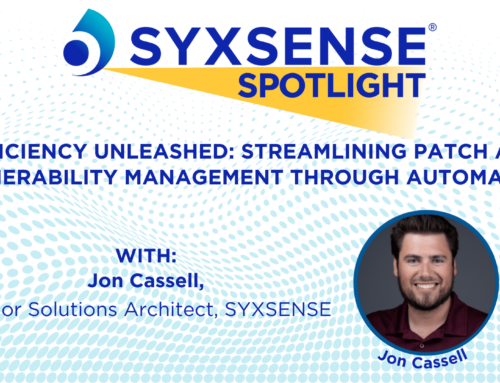
There are hundreds of Common Vulnerabilities and Exposures (CVEs) in existence, some more serious than others. All need attention, yet many organizations have gotten sloppy about how they take care of CVEs. Some take months to deploy urgent patches as covered in CVEs. Sometimes in can take years. In a few cases, there are CVEs unresolved in organizations that are more than a decade old.
Those in IT and cybersecurity that are guilty of ignoring or taking far too long to remediate CVEs are advised to either update their CVs and resumes and start sending them out – or bring in an MSP that can completely take care of patch management and vulnerability management. It’s the easy way to ensure no CVEs are unaddressed anywhere in IT systems.
CVEs in Neglect
Let’s take a look at some of the important CVEs that are largely neglected in many organizations. These are only a few examples out of many that could be lurking:
CVE-2018-13379 FortiGate VPNs: The CVE title includes the year of release. This one from 2018 is still being exploited despite regular alerts being issued about it. Advanced Persistent Threat (APTs) groups continue to use it in attacks. It is such a severe risk that anyone using this VPN without the patch deployed should assume they are now compromised and to begin incident management procedures. Remediation steps include removing these VPNs from service, returning them to factory default settings, reconfiguring them, installing all patches, and once done, returning them to service. An upgrade to the latest FortiOS version is also recommended. Further action indicated is to scan all hosts and networks that are in any way connected to the VPN to look carefully for any signs of malicious activity.
There are also several high-priority patches from 2019 that are often unpatched in enterprise systems:
CVE-2019-19781 about Citrix NetScaler from 2019 has been used to compromise, among others, an Australian defense database.
CVE-2019-11510 relates to Pulse Secure Connect. It can result in arbitrary file disclosure and leaks of admin credentials. This one has been used in attacks via VPNs and by nation-state actors.
CVE-2019-3396 for Atlassian Confluence is a remote code execution bug.
CVE-2020-0688 for Microsoft Exchange. Dating back to early 2020, it leaves server data unencrypted and open to attack. Nearing its third anniversary, it remains a potent vulnerability for the bad guys to exploit.
This is just a partial list. Others that are deemed serious from 2019 include CVEs related to a Cisco router, Oracle WebLogic Server, Kibana, Zimbra software, the Exim Simple Mail Transfer Protocol. When you factor in the CVEs from 2020, 2021, and 2020, the list is very long indeed.
Watch Your Back
Anyone with vulnerabilities and CVEs unpatched dating back more than a couple of months in 2022 should watch their back as they are open to charge of neglecting their cybersecurity duties. Anyone with un-remediated CVEs from 2021, 2020, 2019, or even as far back as 2018 as in the case of FortiGate VPN, could well be soon looking for a new job. They better dig out their CV and get it updated fast.
Before the axe falls, a smart move would be to draft in help from an MSP to help eliminate these vulnerabilities, institute vulnerability management and attack readiness processes, and fully patch all applications, operating systems, and endpoints including mobile devices.
Syxsense offers managed security services for patch management, vulnerability management, and remediation. These services provide real-time, 24-hour security coverage. Syxsense also offers an MSP/MSSP program with a world-class platform. Both are built on the foundation of Syxsense Enterprise, an automated patch management, vulnerability scanning, mobile device management (MDM) and IT management platform. It detects outdated patches and threats in real time and can be used to implement updates before bad actors can take advantage of exploits. Syxsense Enterprise incorporates Zero Trust practices and includes features such as patch supersedence, patch roll back, and a wealth of automation and configuration features. In addition, it provides a three-hour turnaround for the testing and delivery of new patches as well as technology to send software and patches across the wire once, using peer-to-peer within the network for local distribution.
For more information, visit: www.Syxsense.com




